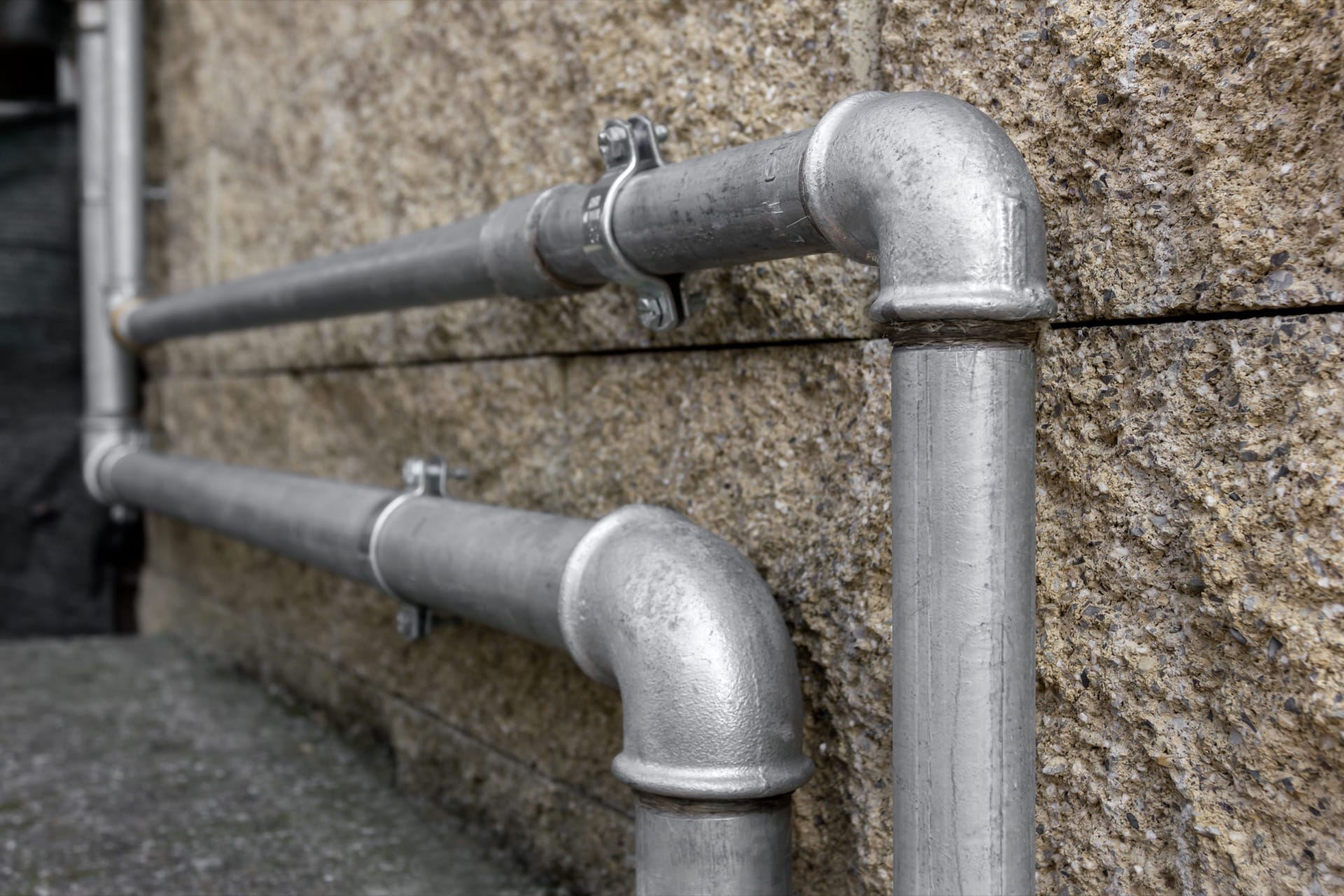

Articles
When Did They Stop Using Cast Iron Plumbing
Modified: December 7, 2023
Discover the history of cast iron plumbing and learn when it fell out of use in this informative article. Explore the evolution of plumbing materials.
(Many of the links in this article redirect to a specific reviewed product. Your purchase of these products through affiliate links helps to generate commission for Storables.com, at no extra cost. Learn more)
Introduction
Plumbing systems play a crucial role in our daily lives, ensuring the safe and efficient transportation of water and waste in our homes and buildings. Over the years, advancements in plumbing technology have led to the phasing out of certain materials in favor of more durable and efficient options. One such material is cast iron, which was widely used for plumbing pipes in the past.
In this article, we will explore the historical background of cast iron plumbing, its advantages and disadvantages, the factors that influenced its phasing out, and its current use. By understanding the evolution of plumbing materials, we can gain a deeper appreciation for the plumbing systems we rely on today.
Key Takeaways:
- Cast iron plumbing, once popular for its durability and fire resistance, has gradually been replaced by more cost-effective, corrosion-resistant, and versatile materials like PVC and PEX due to advancements in technology and changing industry standards.
- While the use of cast iron plumbing has declined, it still has niche applications in historic buildings, industrial settings, and specialized installations, highlighting its enduring relevance in specific scenarios where its unique properties are advantageous.
Read more: When Did They Stop Using Asbestos Insulation
Historical Background of Cast Iron Plumbing
The use of cast iron for plumbing dates back to ancient civilizations, where early forms of plumbing systems were created using hollowed-out logs and stone conduits. The Romans were pioneers in developing a more sophisticated plumbing system, utilizing lead pipes for water distribution and clay pipes for waste removal.
Fast forward to the 17th century, when advancements in metallurgy and casting techniques led to the introduction of cast iron pipes. This material quickly gained popularity due to its durability and resistance to fire and corrosion. Cast iron pipes were found to be suitable for both water distribution and sewage disposal, making them a versatile choice for plumbing systems.
The Industrial Revolution in the 19th century saw a significant increase in urbanization and population growth. This spurred the need for more robust plumbing infrastructure, leading to a widespread adoption of cast iron pipes. The manufacturing process became more streamlined, making cast iron plumbing more accessible and affordable for various applications.
By the early 20th century, cast iron plumbing had become the standard choice for residential and commercial buildings. It offered long-lasting performance, with some cast iron pipes still functioning well over a century later. However, with advances in technology and the discovery of new materials, the dominance of cast iron in plumbing would gradually decline.
Advantages of Cast Iron Plumbing
Cast iron plumbing enjoyed several advantages that contributed to its widespread use in the past:
- Durability: Cast iron pipes are incredibly durable and have a long lifespan, often lasting for several decades or more. They are resistant to cracking, bending, and other forms of damage, making them a reliable choice for plumbing installations.
- Fire Resistance: One of the notable advantages of cast iron pipes is their excellent fire resistance. This property made them ideal for plumbing systems as they would not contribute to the spread of fires, providing added safety in buildings.
- Corrosion Resistance: Cast iron is highly resistant to corrosion, especially when proper protective coatings or linings are applied. This resistance to rust and decay ensures that the plumbing system maintains its integrity and does not suffer from leaks or deterioration over time.
- Silent Operation: Cast iron pipes have excellent sound-dampening properties, reducing the noise associated with water flow and drainage. This made them a favored choice for buildings where noise reduction was a priority, such as residential units or hotels.
- Smooth Flow: The interior surface of cast iron pipes is typically smooth, ensuring a smooth flow of water and waste. This minimizes the chances of clogs and blockages, improving the overall performance and efficiency of the plumbing system.
These advantages made cast iron plumbing a popular choice for many years. However, as technology advanced and new materials emerged, certain limitations and disadvantages of cast iron pipes became apparent, leading to an eventual transition to alternative options.
Disadvantages of Cast Iron Plumbing
While cast iron plumbing has many advantages, it also has several disadvantages that contributed to its phasing out:
- Weight: One of the main drawbacks of cast iron pipes is their weight. Cast iron is a heavy material, making the installation and transportation of these pipes more challenging and labor-intensive compared to lighter alternatives.
- Cost: Cast iron pipes tend to be more expensive compared to other materials, such as PVC or PEX. The higher cost of cast iron plumbing, including the pipes themselves and the necessary fittings, can be a significant deterrent, especially in larger plumbing projects.
- Corrosion: While cast iron is generally resistant to corrosion, prolonged exposure to certain chemicals or aggressive water conditions can lead to the development of rust and corrosion on the interior surface of the pipes. Over time, this corrosion can reduce water flow, degrade water quality, and potentially lead to leaks or pipe failure.
- Susceptible to Damage: Cast iron pipes are more prone to damage from impact or ground movement compared to other materials. They are susceptible to cracking or breaking if subjected to excessive force or if the ground shifts. This vulnerability to damage can result in costly repairs or replacements.
- Difficult Modifications: Modifying or retrofitting cast iron plumbing systems can be challenging. The rigid nature and heavy weight of the pipes make it difficult to make changes or additions, which can be problematic when renovating or expanding a building.
These disadvantages, combined with advancements in plumbing technology and the introduction of alternative materials, led to a decline in the use of cast iron plumbing over time. Despite these drawbacks, cast iron pipes still have certain applications and can be found in older buildings or specific situations where their unique properties are advantageous.
Cast iron plumbing was commonly used until the mid-1960s when it began to be replaced by PVC and other modern materials. If you have a home built before this time, it may still have cast iron plumbing that could require maintenance or replacement.
Transition to Alternative Materials
As technology advanced and plumbing needs evolved, the industry witnessed a gradual transition from cast iron plumbing to alternative materials. Several factors contributed to this shift:
- Advancements in Pipe Manufacturing: The development of new pipe manufacturing techniques allowed for the production of pipes that were lighter, more cost-effective, and easier to install compared to cast iron. Materials such as PVC (polyvinyl chloride) and PEX (cross-linked polyethylene) gained popularity due to their flexibility, durability, and ease of installation.
- Cost Considerations: The higher cost of cast iron pipes compared to alternative materials played a significant role in the transition. PVC and PEX pipes offered a more economical option, with lower material costs and reduced labor requirements for installation.
- Improved Corrosion Resistance: Newer materials, such as PVC and PEX, exhibited excellent resistance to corrosion, overcoming one of the main weaknesses of cast iron pipes. This corrosion resistance ensured longer pipe lifespan and improved water quality.
- Flexible and Versatile: PVC and PEX pipes are more flexible compared to cast iron, allowing for easier installation in tight spaces or around obstacles. Their versatility makes them suitable for a wide range of plumbing applications, accommodating different sizes and configurations.
- Energy Efficiency: Alternative materials, such as PEX, have superior insulation properties, reducing heat loss during hot water transportation. This energy efficiency is beneficial for both residential and commercial buildings, promoting sustainable plumbing practices.
These factors, along with the overall market demand for more cost-effective and efficient plumbing solutions, led to the gradual decline in the use of cast iron pipes in favor of alternative materials.
Read more: When Did Construction Stop Using Asbestos
Factors Influencing the Phasing Out of Cast Iron Plumbing
Several key factors have influenced the phasing out of cast iron plumbing over the years:
- Advancements in Technology: With advancements in technology, new materials and manufacturing techniques have been developed that offer superior performance and cost-effectiveness compared to cast iron. These advancements have provided the industry with alternative options that address the limitations of cast iron plumbing.
- Changing Building Codes and Standards: Building codes and standards have evolved over time to promote safety, efficiency, and sustainability in plumbing systems. These codes often favor the use of materials that offer improved resistance to corrosion, energy efficiency, and easier installation, leading to a shift away from cast iron plumbing.
- Environmental Considerations: As the focus on environmental sustainability has grown, there has been a greater emphasis on reducing the environmental impact of plumbing systems. Alternative materials, such as PVC and PEX, are often considered more environmentally friendly due to their lower energy requirements during production and higher recyclability compared to cast iron.
- Cost and Labor Efficiency: The higher cost and labor-intensive nature of cast iron plumbing have played a significant role in its phasing out. Alternative materials, such as PVC and PEX, offer cost savings in terms of material costs and ease of installation, making them more attractive options for plumbing projects.
- Performance and Longevity: While cast iron plumbing is known for its durability, alternative materials have been developed that offer comparable or even improved performance and longevity. For instance, PVC and PEX pipes are highly resistant to corrosion, have fewer joints (reducing the risk of leaks), and offer excellent long-term reliability.
These factors have collectively contributed to the gradual decline in the use of cast iron plumbing, as industry professionals and building owners recognize the benefits and advantages offered by newer materials.
Current Use of Cast Iron Plumbing
While the use of cast iron plumbing has declined over the years, it still has certain applications and can be found in various settings:
- Historic Buildings: Many historic buildings, such as museums, heritage sites, and older residential structures, still retain their original cast iron plumbing systems. The preservation of these buildings often includes maintaining the integrity of their original plumbing, showcasing the craftsmanship and design of the past.
- Industrial and Commercial Settings: Cast iron pipes may still be used in industrial and commercial settings where there are specific requirements for their durability and fire resistance. These applications can include factories, manufacturing facilities, and high-rise buildings that prioritize safety and longevity.
- Specialized Plumbing Installations: Cast iron plumbing is sometimes used in specialized installations or unique situations where its specific properties are advantageous. For example, in areas with extremely high water temperatures or aggressive chemical environments, cast iron pipes can offer the necessary resistance and durability.
- Replacement and Repair: In instances where older cast iron plumbing systems require repair or replacement, some building owners choose to maintain the existing infrastructure but upgrade a portion of the system with modern alternative materials. This allows for a balance between preserving the historic value and incorporating more efficient plumbing components.
While the use of cast iron plumbing has become less common, it is important to note that existing cast iron systems still require regular maintenance and inspection to ensure their continued functionality. Periodic assessments can help identify any potential issues and determine the appropriate course of action, whether it involves repairs, replacements, or upgrades.
Ultimately, while cast iron plumbing may have decreased in popularity over time, its historical significance and unique properties continue to find relevance in select applications where durability, fire resistance, and preservation are paramount.
Conclusion
The use of cast iron pipes in plumbing systems has a rich history dating back centuries. Cast iron offered many advantages, including durability, fire resistance, and corrosion resistance, making it a popular choice for plumbing installations for many years. However, the evolution of technology and the introduction of alternative materials have led to a gradual decline in the use of cast iron plumbing.
Advancements in pipe manufacturing, cost considerations, improved corrosion resistance, and the flexibility and versatility of alternative materials such as PVC and PEX have influenced the shift away from cast iron plumbing. Factors such as changing building codes, environmental considerations, and the desire for more cost-effective and labor-efficient solutions have further accelerated this transition.
Although cast iron plumbing is no longer as prevalent as it once was, it still has some applications in historic buildings, industrial and commercial settings, specialized installations, and repair and replacement projects. However, it is important to note that existing cast iron systems require proper maintenance and periodic assessments to ensure their continued functionality.
In conclusion, the phasing out of cast iron plumbing is a result of a combination of factors, including advancements in technology, cost considerations, environmental sustainability, and the demand for improved performance and longevity. The shift towards alternative materials has provided the industry with more efficient, cost-effective, and sustainable plumbing solutions. While cast iron plumbing may have decreased in use, its historical significance and unique properties continue to find relevance in select applications where durability and preservation are paramount.
Frequently Asked Questions about When Did They Stop Using Cast Iron Plumbing
Was this page helpful?
At Storables.com, we guarantee accurate and reliable information. Our content, validated by Expert Board Contributors, is crafted following stringent Editorial Policies. We're committed to providing you with well-researched, expert-backed insights for all your informational needs.
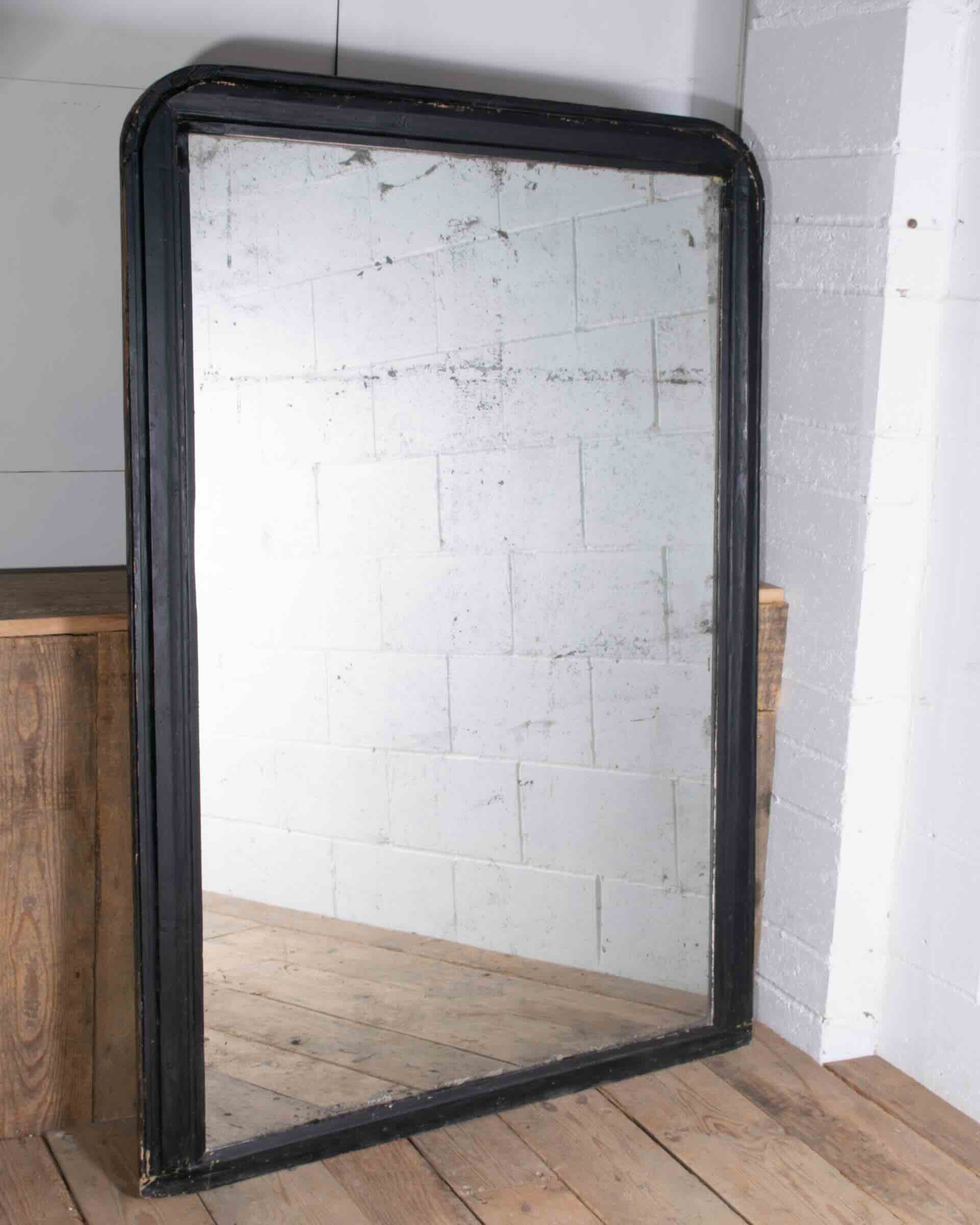

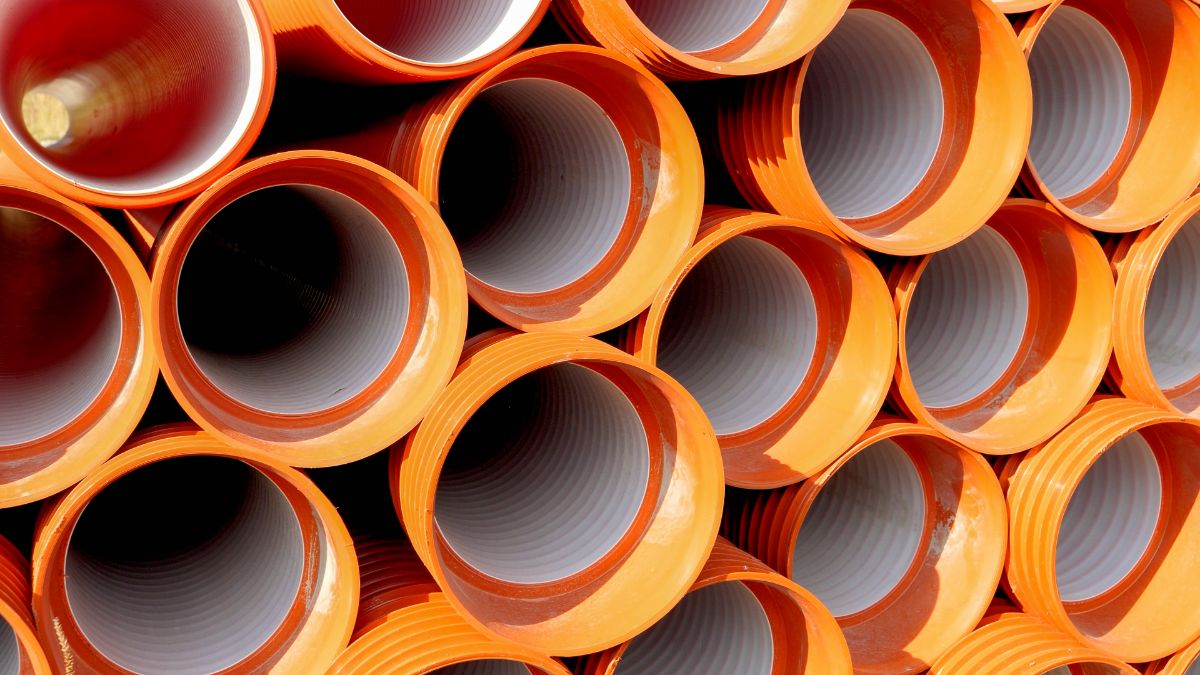
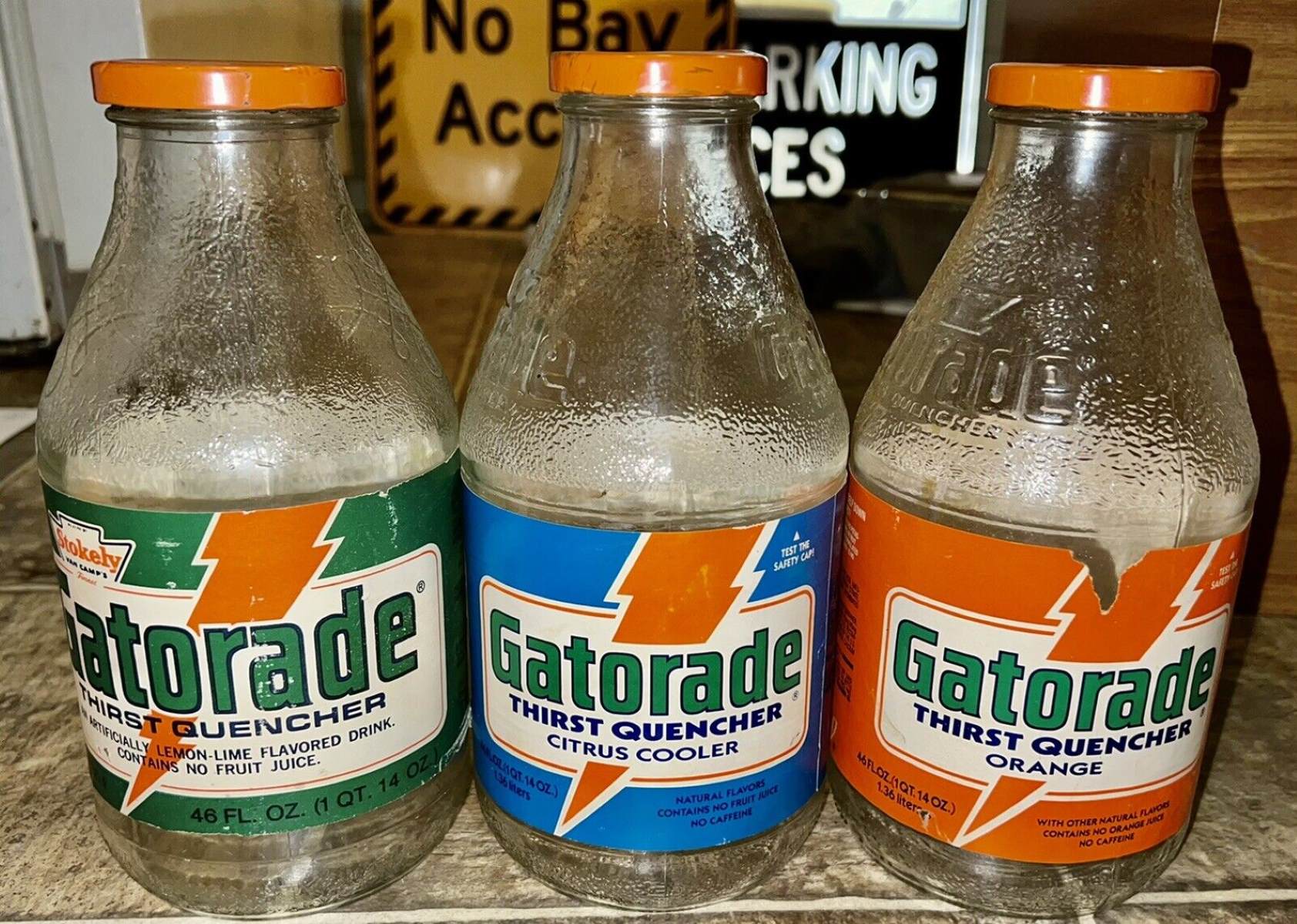

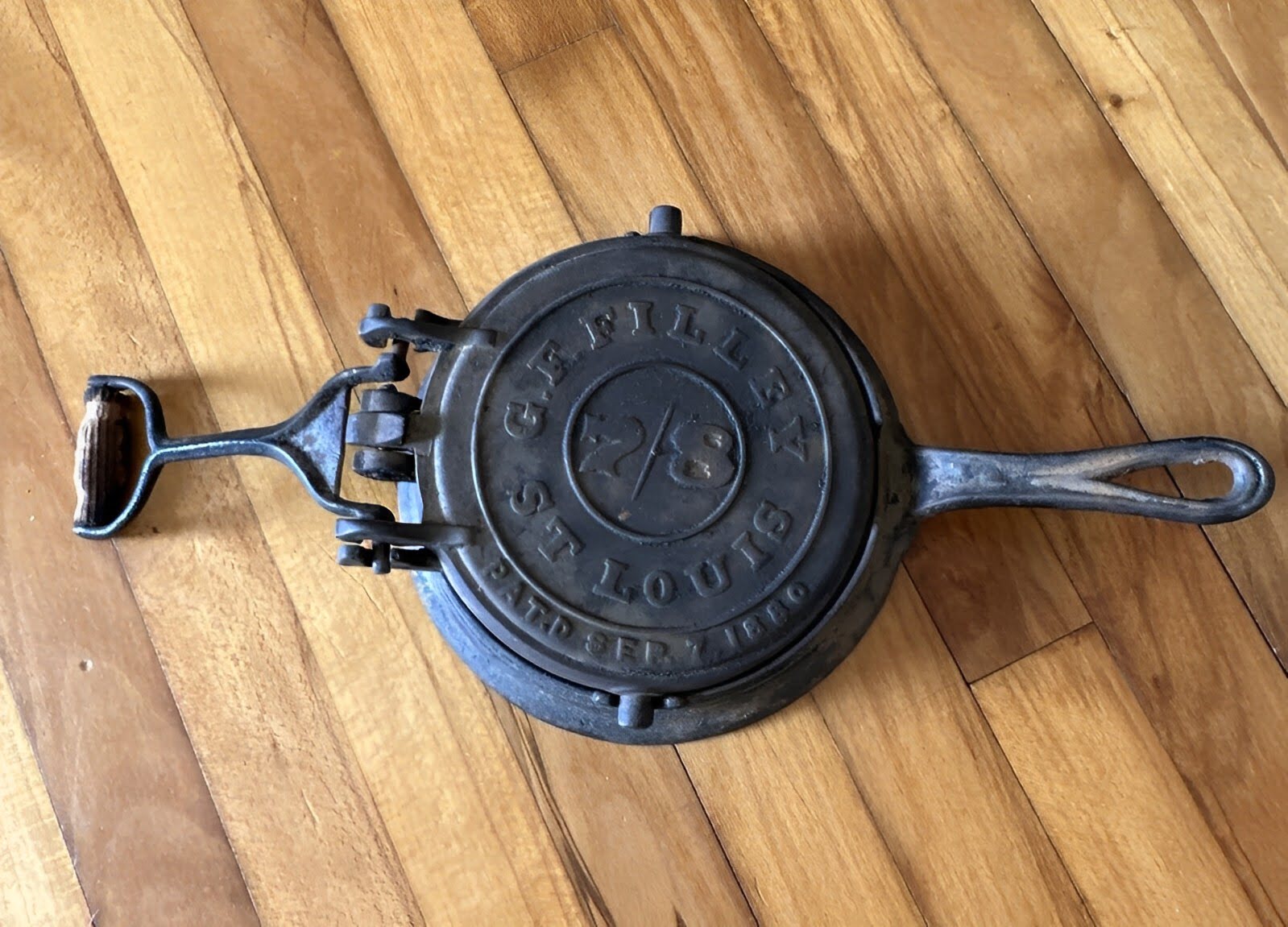
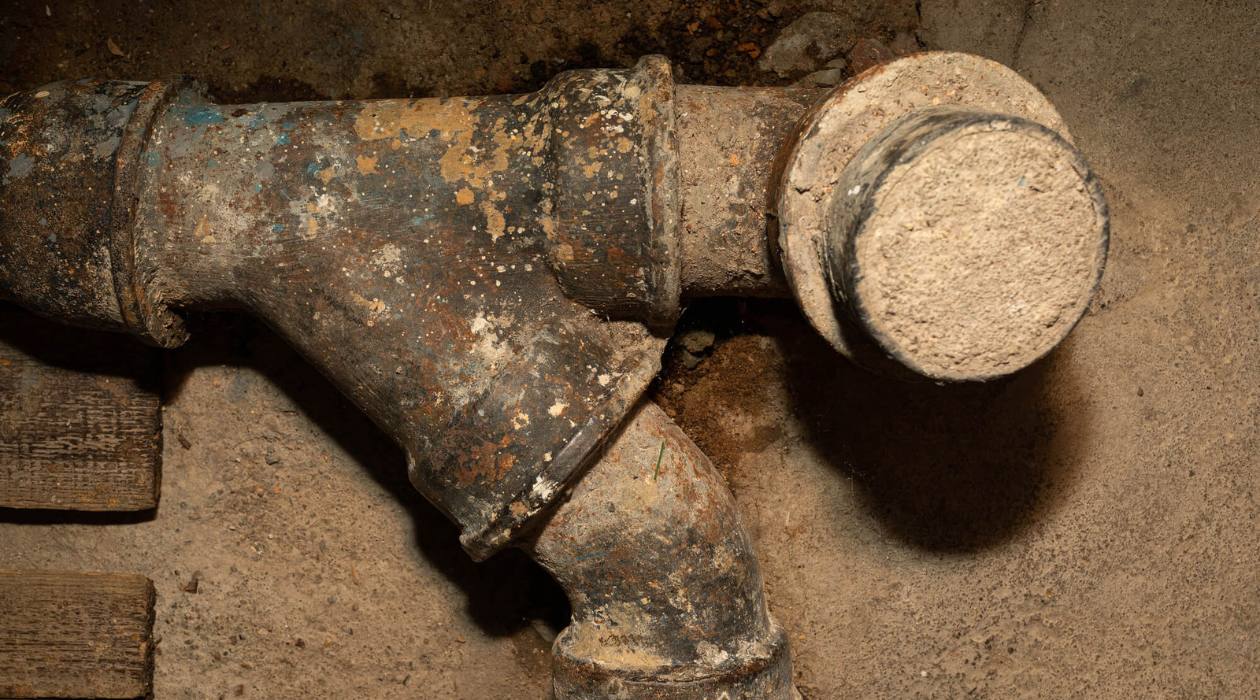

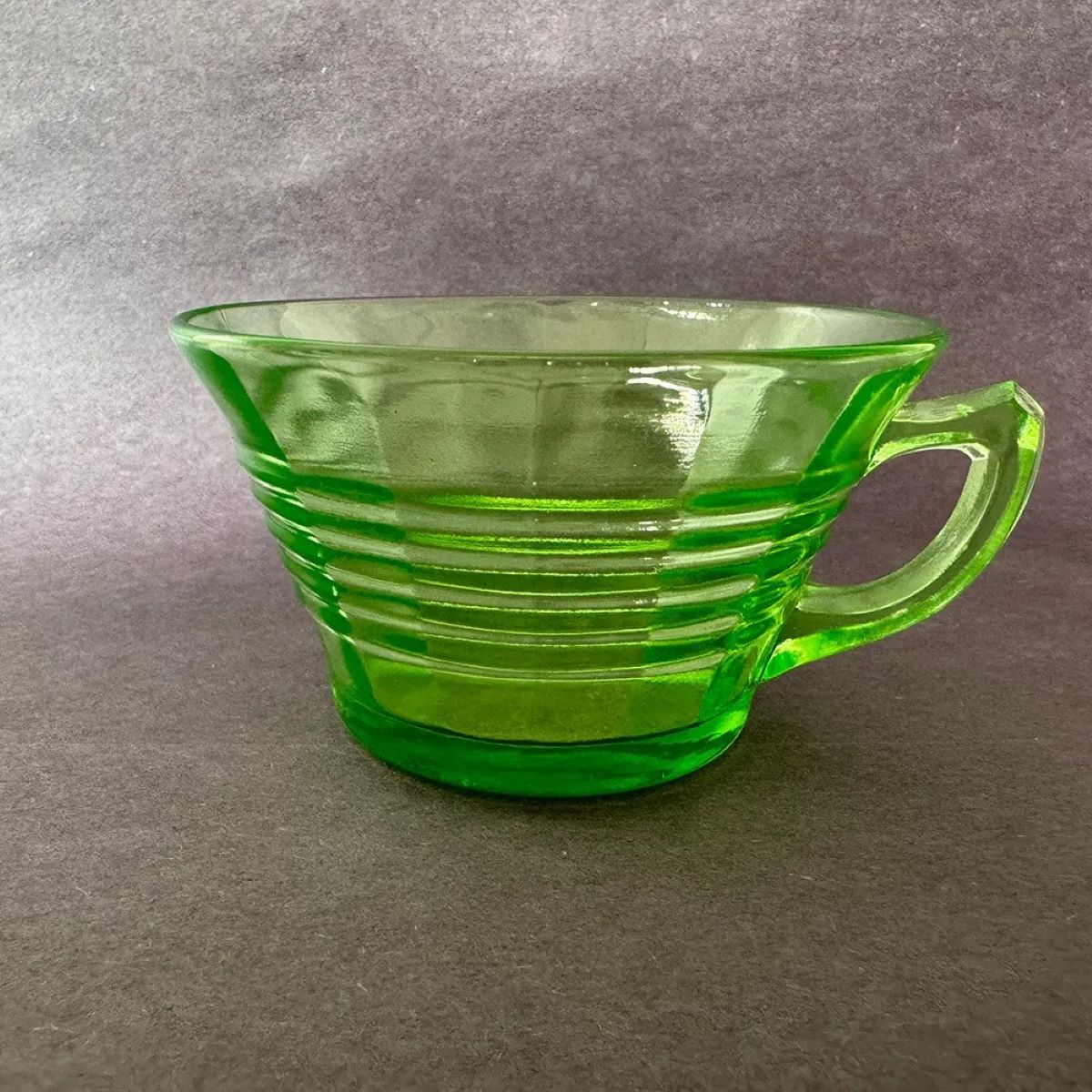
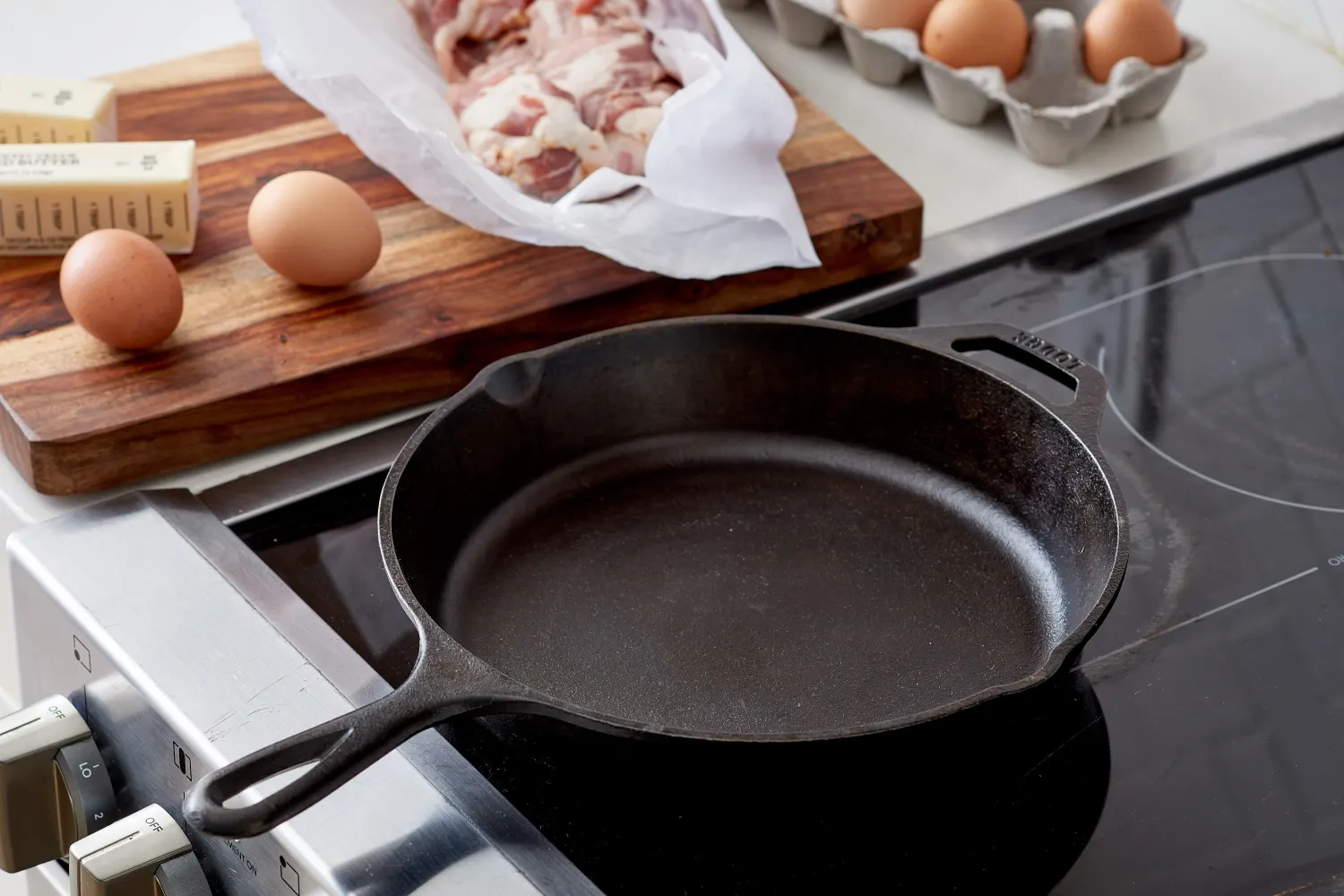
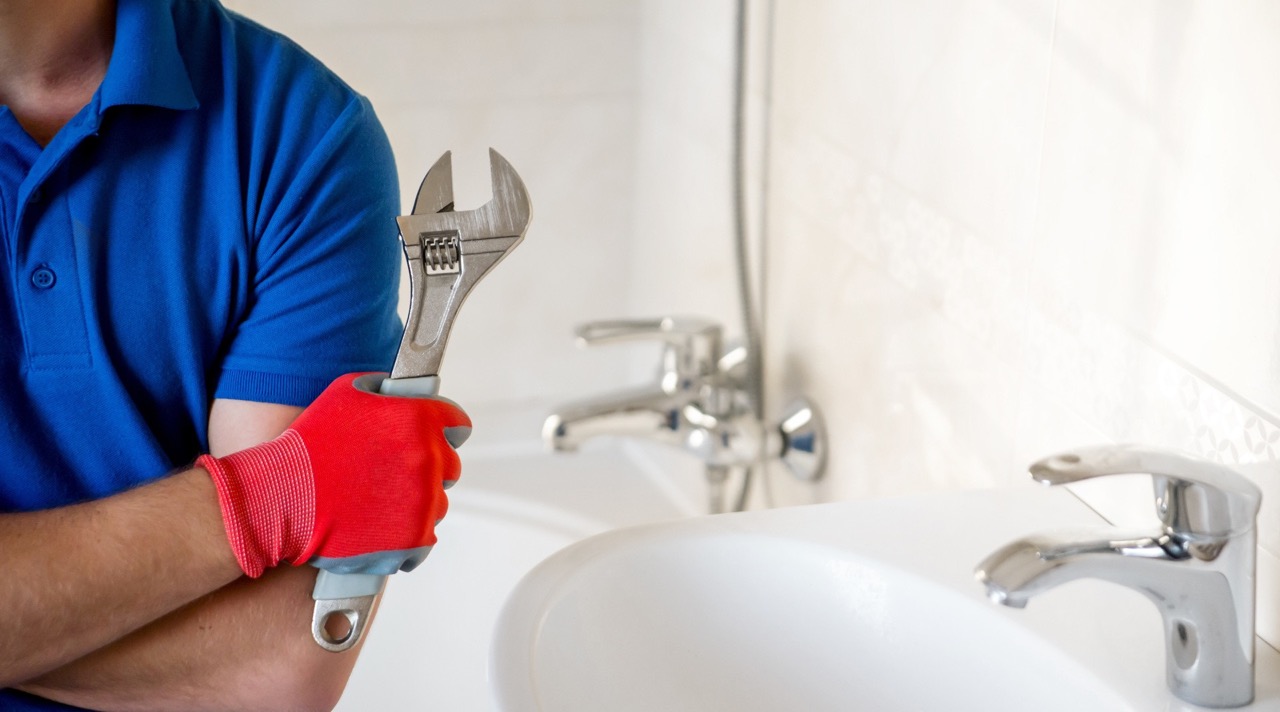
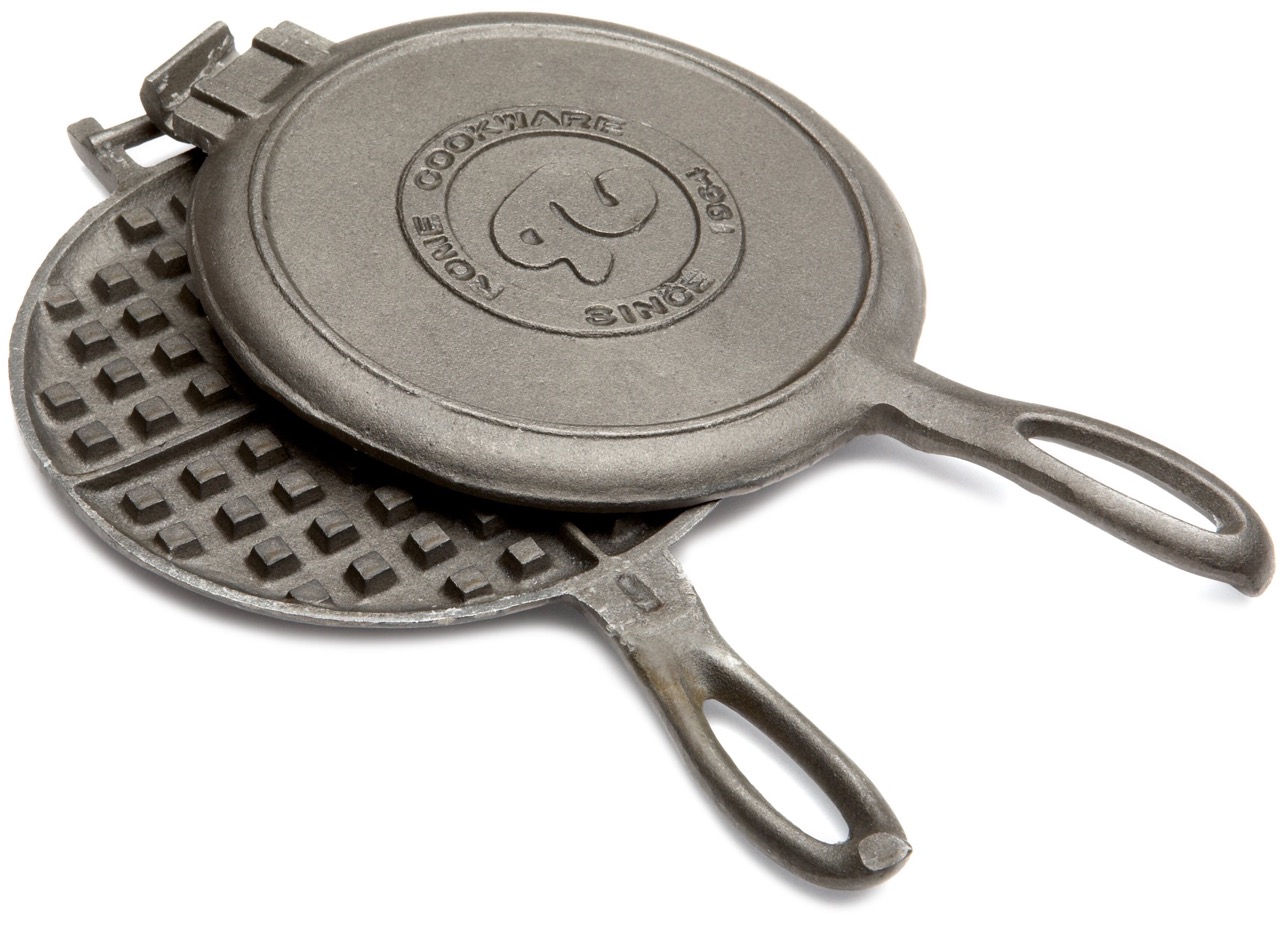
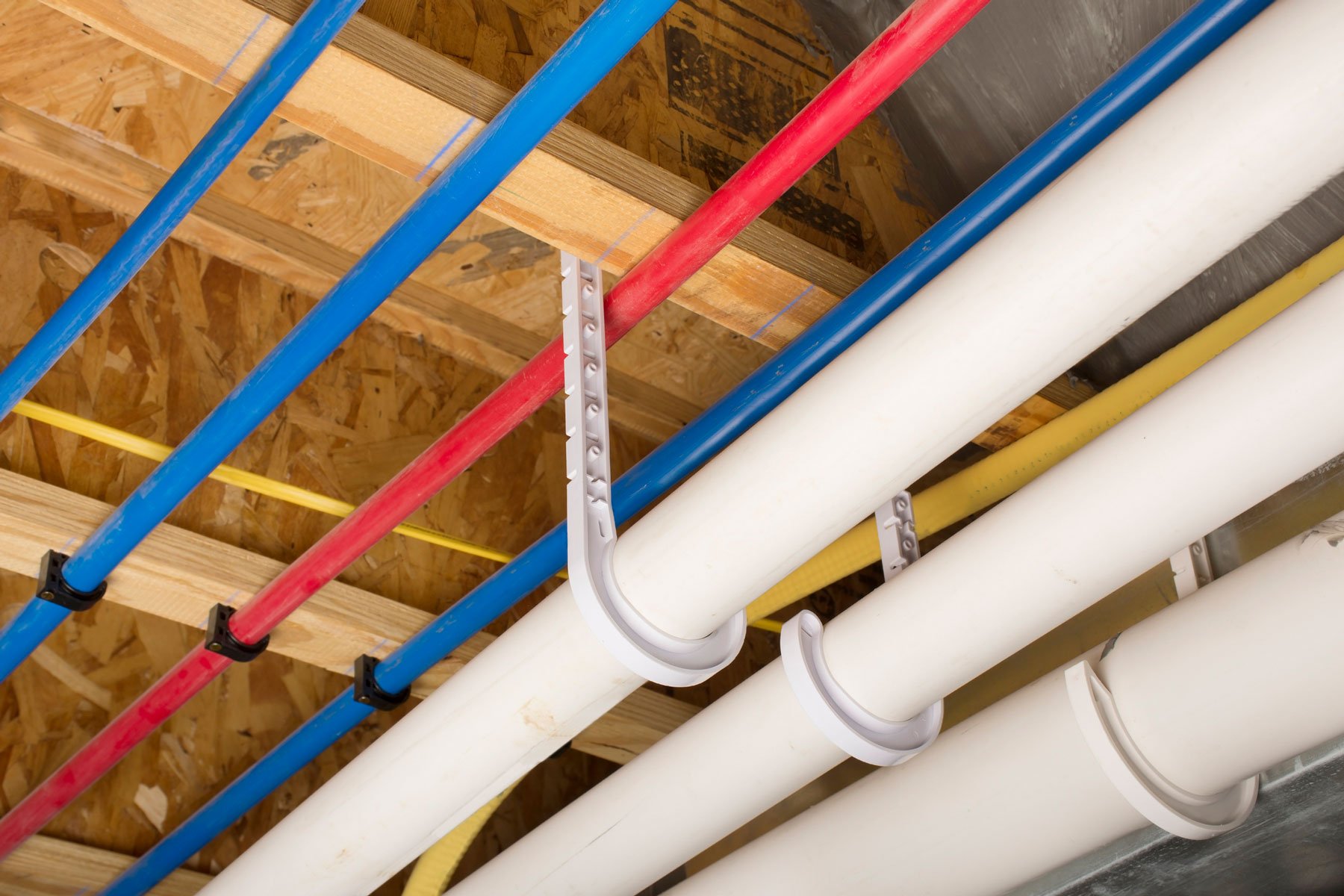
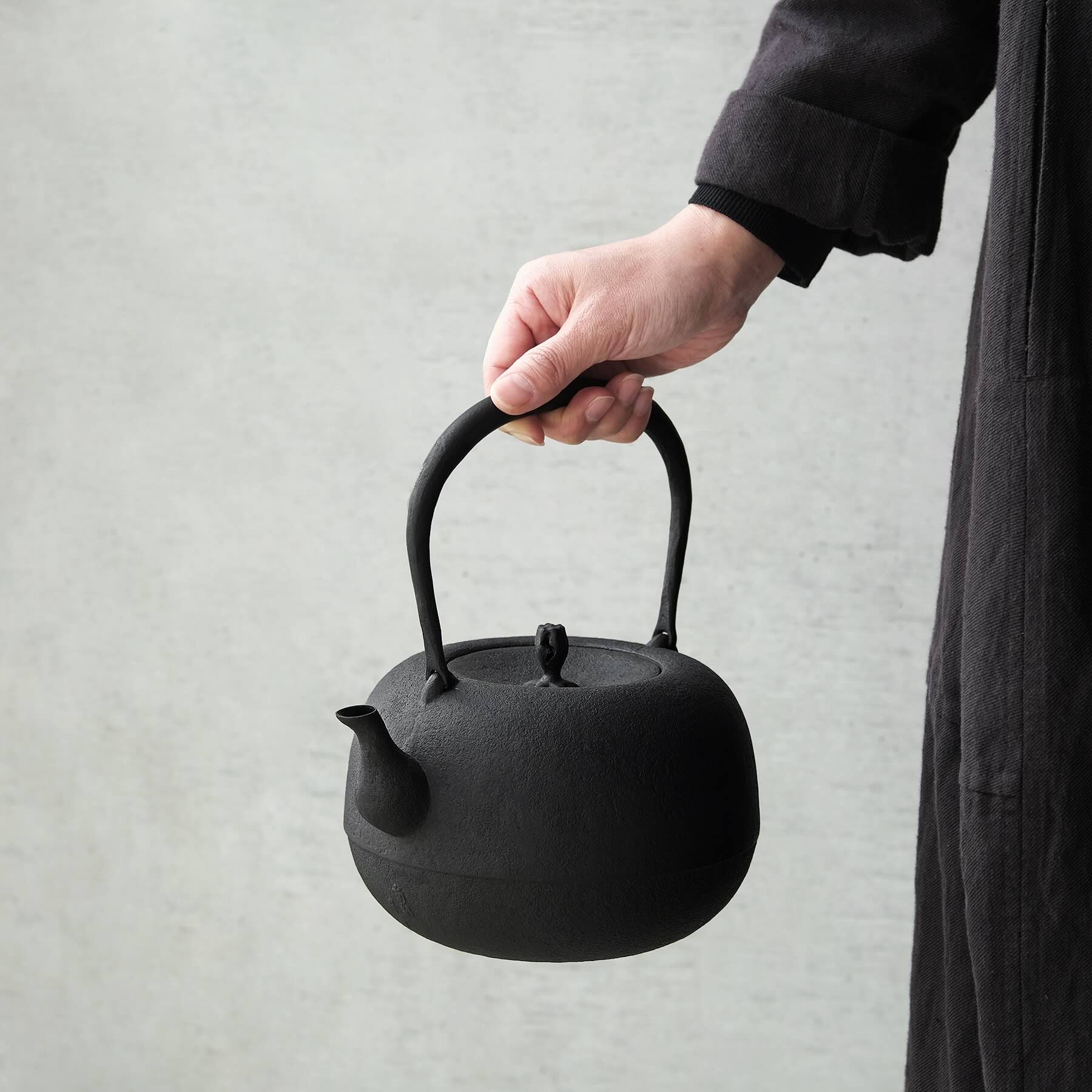

0 thoughts on “When Did They Stop Using Cast Iron Plumbing”